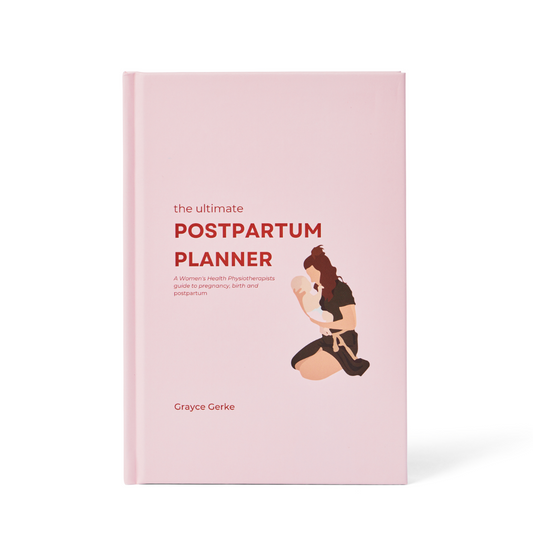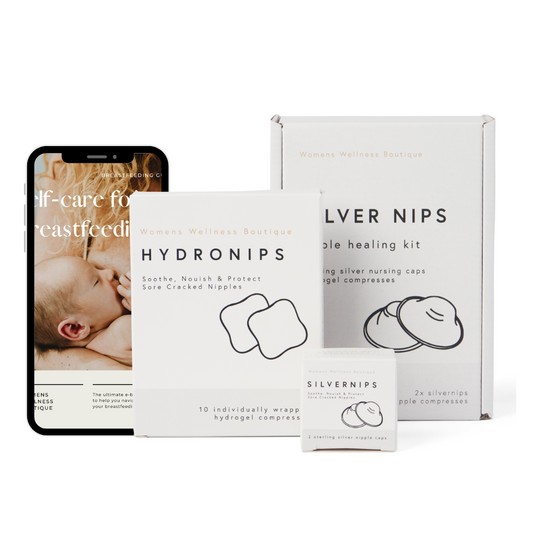Just hearing the word vaginal examination makes our legs slowly clench together… this blog is designed to walk you through why we do them and how you can be prepared for you appointment to not make it as comfortable as possible.
Why do we do them?
It’s important to understand why we may need to perform a vaginal examination - the best way for a practitioner to help assess and observe what is going on is by performing one.
A vaginal examination allows the practitioner to visualise your tissue health and integrity, pelvic floor muscles, what these muscles do with a cough or bearing down, if there is movement within your vaginal walls (prolapse), and where the problem lies.
Before we perform a vaginal examination we first ensure you understand why w’re doing it, the benefits and risks prior to proceeding. Of course gaining your consent prior.
Risks:
Risks are very minimal and we mitigate these with proper hand hygiene and use of PPE (personal protective equipment) such as gloves etc.
Risks Include: infection
When we wouldn’t perform a vaginal examination:
-
under 12 weeks pregnant
-
have an active infection or open wounds in the area
-
currently being treated for Urinary Tract Infection (UTI)
-
abnormal non-menstrual bleeding
-
of course if you do not consent to proceeding
What Happens?
After we gain your consent and make sure you’ve had a chance to ask any questions we will exit the room and allow you to disrobe from the waist down and get you to lie on a blue protective sheet, covered by a towel.
We will also ask if you need the bathroom prior, as we all know we need a nervous wee! Unless we have stated you need a full bladder.
Once you’re comfortable and as relaxed as you can be, we will proceed, explaining every step of the way.
Remember at any stage you feel uncomfortable or want your practitioner to stop - we will stop immediately.
The examination depending on the individual may only take between 5-10mins.
After the examination has ended, we will allow you to get changed, provide you with tissues to make yourself more comfortable (we use a lot of lubrication). We will then talk through our findings.
Alternatives?
We are very fortunate in our clinic to be able to use real time ultrasound. Real time ultrasound involves placing the probe on your lower abdomen or on your perineum, this however doesn’t give us as much information sometimes as a vaginal examination. Speak to your practitioner if you would prefer this option.
Top tips to prepare:
-
Wear loose fitting clothing - dresses and skirts are great, playsuits not so much
-
No need to hold your bladder unless we have stated prior to the appointment
-
You may find you have some excess lubrication that remains throughout the rest of the day - wearing a panty liner can help make you feel more comfortable.
-
No need to groom, douche or ‘clean up’ the area prior.
-
If you’re on your menstrual period, that is okay too, as long as you’re comfortable.
-
Please let staff know if you have any active infections; UTI, Clamydia, HIV etc. prior
Things to remember:
We don’t use a speculum - its not a cervical screen test
We will only proceed if you’re comfortable and will stop at any time
We respect your privacy and confidentiality
Always ask questions if you’re unsure





